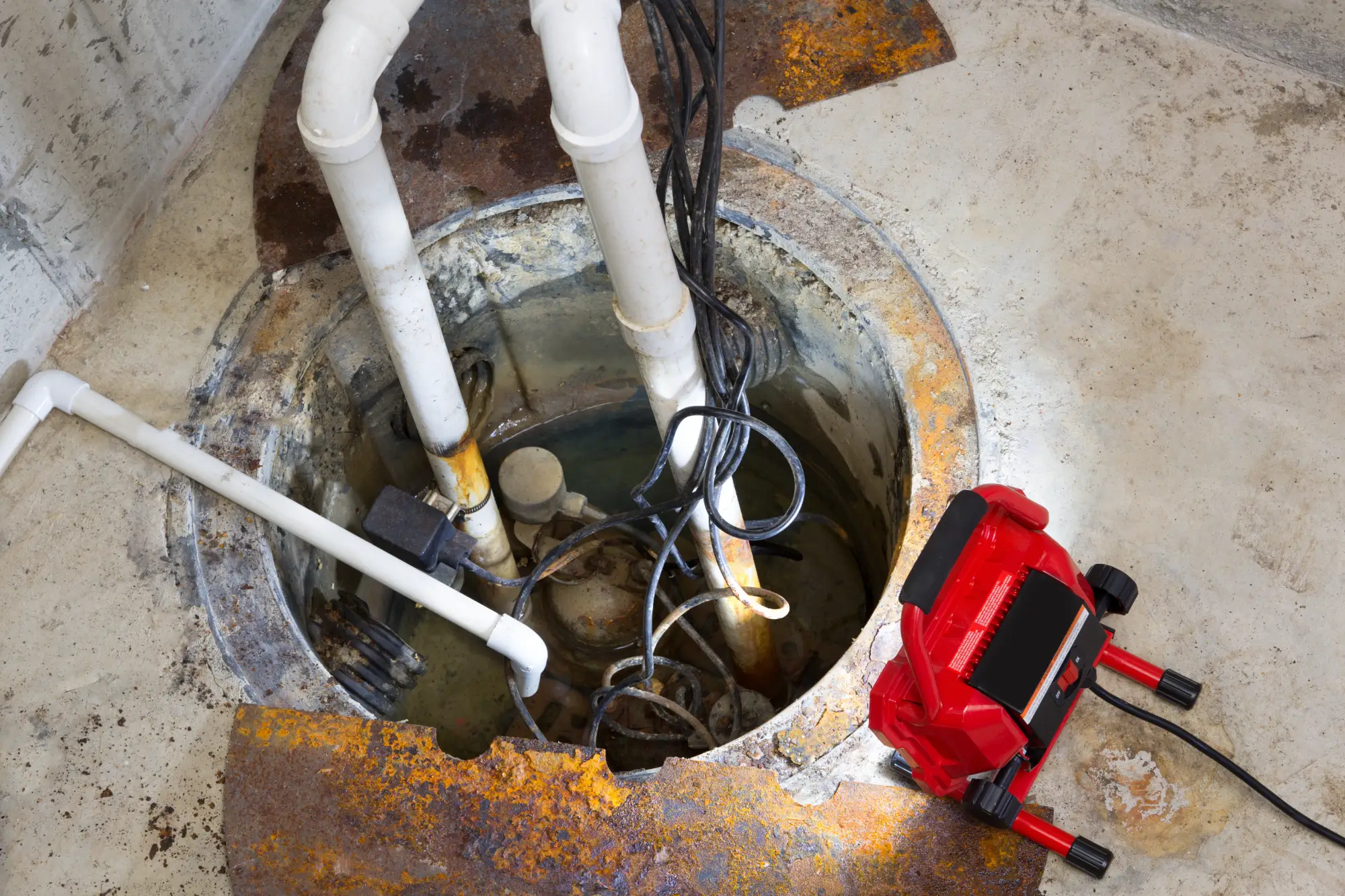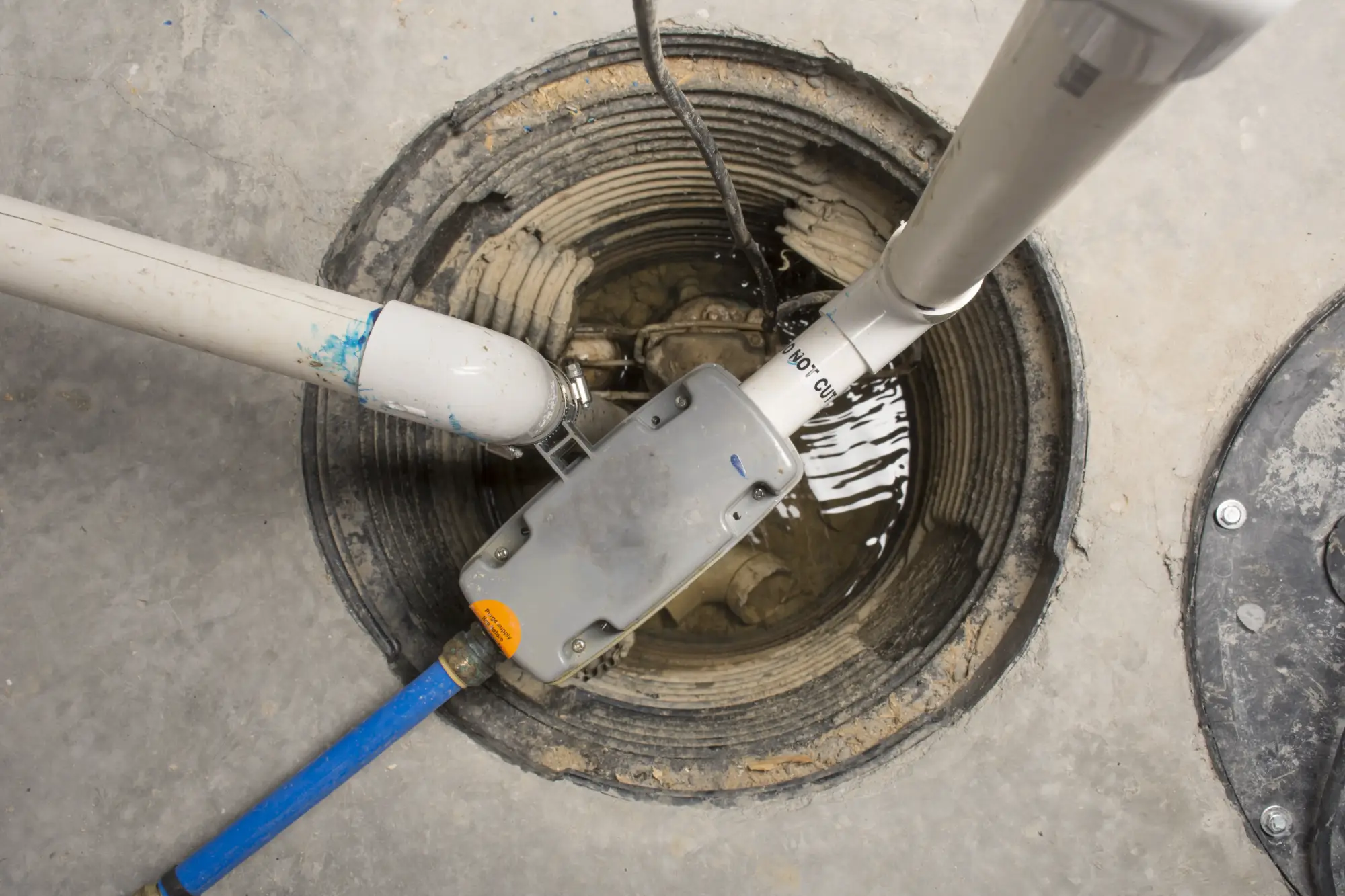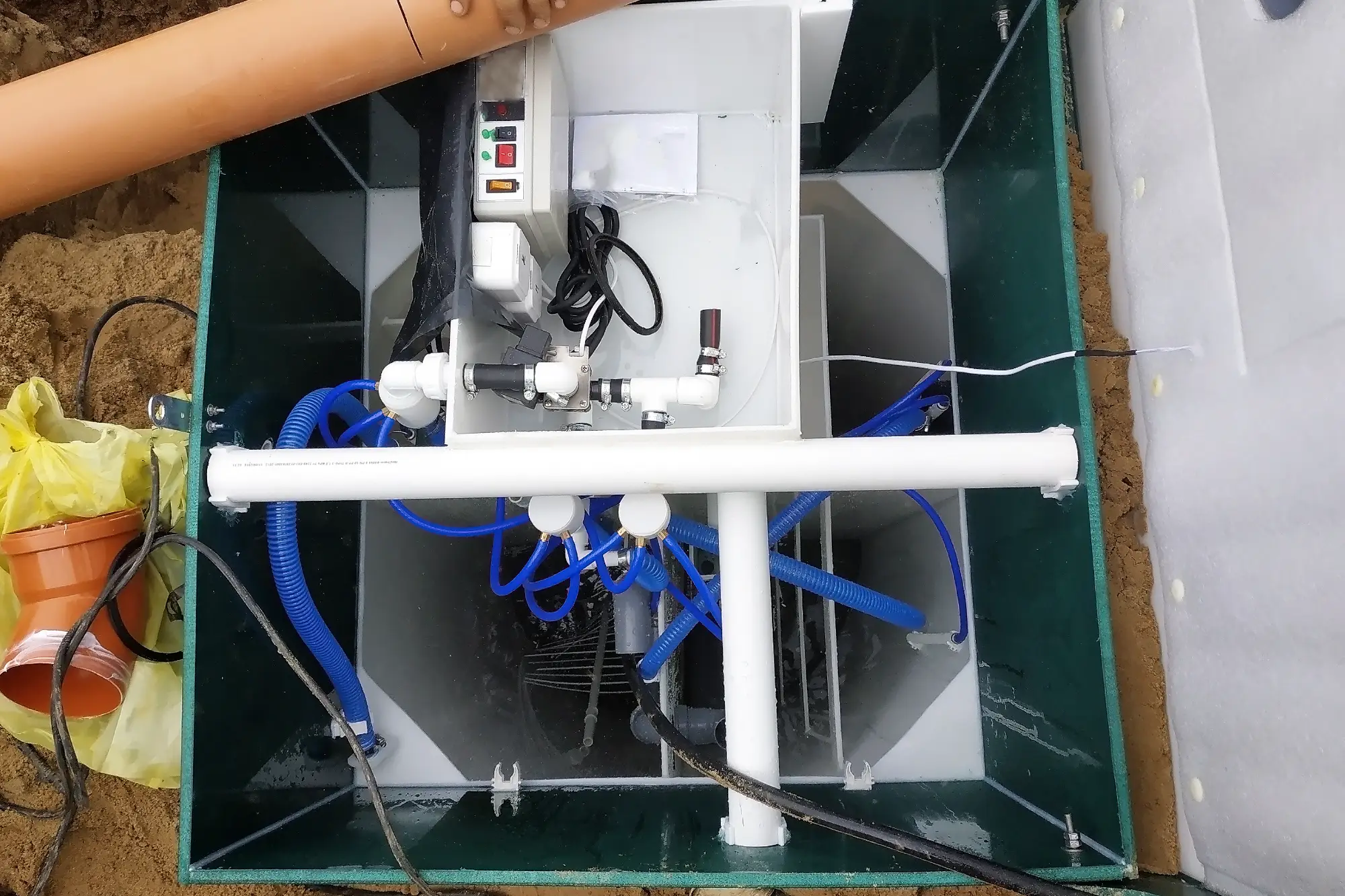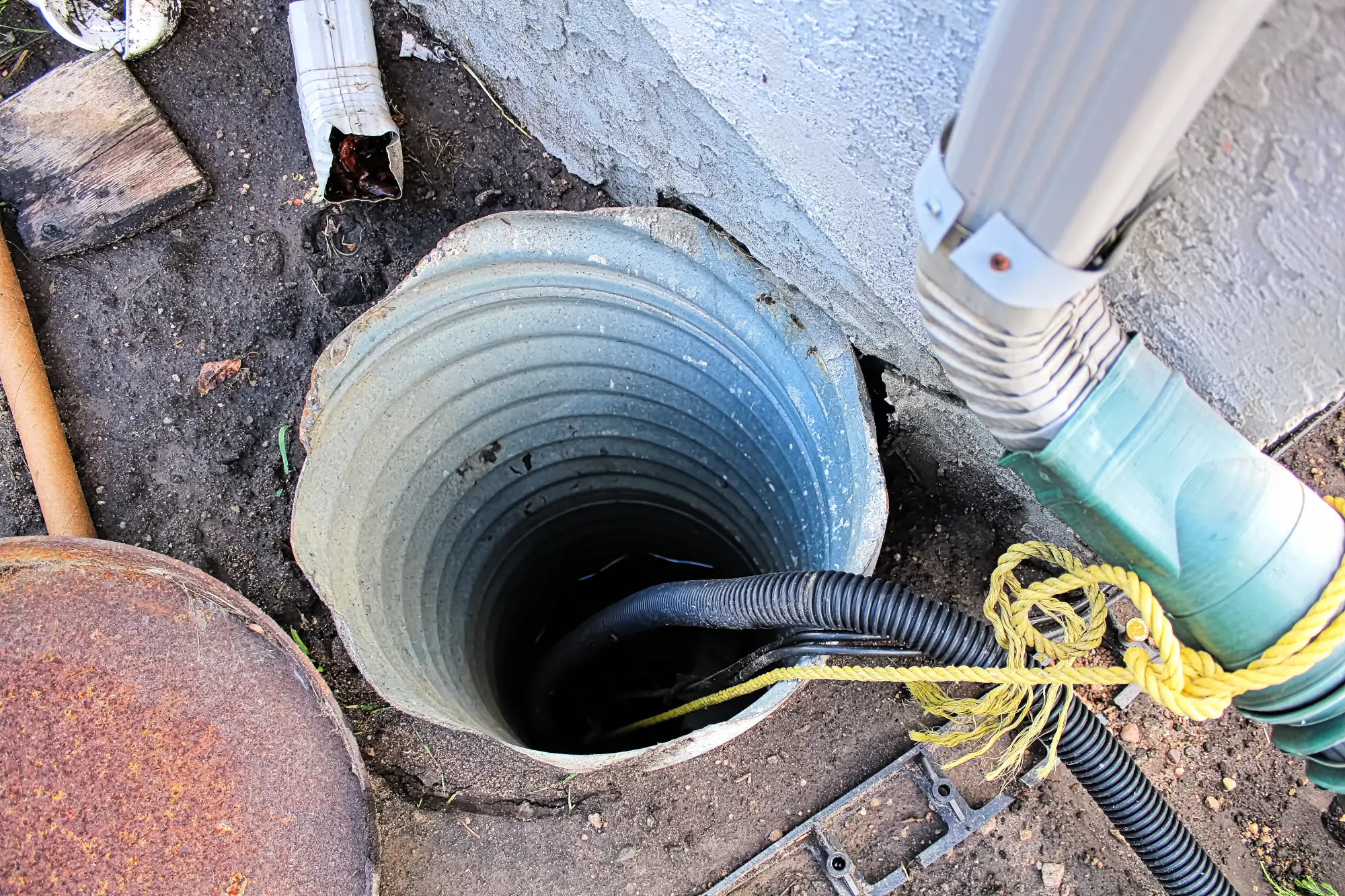Sump Pump Installation in Wheatley Heights, NY
Basement Protection That Actually Works When You Need It
Custom sump pump installation designed for Long Island’s unique water challenges and your home’s specific needs.

Hear About Us

Reliable Basement Sump Pump Systems
You know that sinking feeling when heavy rain starts and you’re wondering if your basement will flood again. A properly installed basement sump pump system eliminates that worry completely.
When we install your sump pump, you get a basement that stays dry even during the worst Long Island storms. No more rushing downstairs during every thunderstorm to check for water. No more moving belongings to higher ground every time the weather forecast looks threatening.
Your basement becomes usable space again. Storage you can trust. A foundation that’s protected. And peace of mind that comes from knowing your home’s basement protection system was designed specifically for Wheatley Heights’ water table and soil conditions.
Wheatley Heights Sump Pump Installers
Diamond Masonry & Waterproofing LLC has been solving basement water problems across Nassau County for years. We understand how Long Island’s coastal location and high water table affect your home’s foundation.
Every sump pump installation we complete considers your specific soil conditions, water flow patterns, and basement layout. We’re not just installing equipment—we’re creating a custom basement protection system that works with your home’s unique characteristics.
Our team lives and works in the same communities we serve. When storms hit Wheatley Heights, we’re dealing with the same weather you are. That local perspective makes a difference in how we approach every installation.

Professional Sump Pump Installation Process
We start with a thorough assessment of your basement’s current water issues and drainage patterns. This tells us exactly where your sump pump needs to be positioned and what capacity system will handle your home’s water volume.
Next, we excavate the sump pit in the optimal location—usually the lowest point where water naturally collects. The pit gets lined properly, and we install the pump with all necessary discharge piping that routes water safely away from your foundation.
We test the entire system multiple times before we leave. You’ll see exactly how it works, understand the maintenance basics, and know what to expect during the next heavy rain. The installation includes proper electrical connections and, when needed, battery backup systems so your basement stays protected even during power outages.

Ready to get started?
Explore More Services
About Diamond Masonry & Waterproofing
Get a Free Consultation
Complete Basement Sump Pump Solutions
Your sump pump installation includes everything needed for reliable basement protection. We provide high-quality sump pumps sized correctly for your home’s water volume, professional-grade discharge piping that won’t clog or freeze, and proper electrical connections that meet all local codes.
Many Wheatley Heights homes benefit from backup sump pump systems, especially during storm season when power outages are common. We’ll recommend battery backup or water-powered backup systems based on your specific situation and budget.
The installation also includes proper grading around discharge points to prevent water from flowing back toward your foundation. We make sure your new system integrates properly with any existing basement waterproofing measures you already have in place.

How do I know what size sump pump my basement needs?
Should I get a battery backup sump pump system?
How long does sump pump installation typically take?
What maintenance does a sump pump need after installation?
Where does the water go when the sump pump runs?
Can you install a sump pump in a finished basement?
Local Resources
- Google Map Link
- Find the Wheatley Heights, NY USPS
- Locate Nearby Wheatley Heights, NY Pharmacies
- View the Current Weather in Wheatley Heights, NY
- Wheatley Heights, NY is located in Suffolk county in New York State